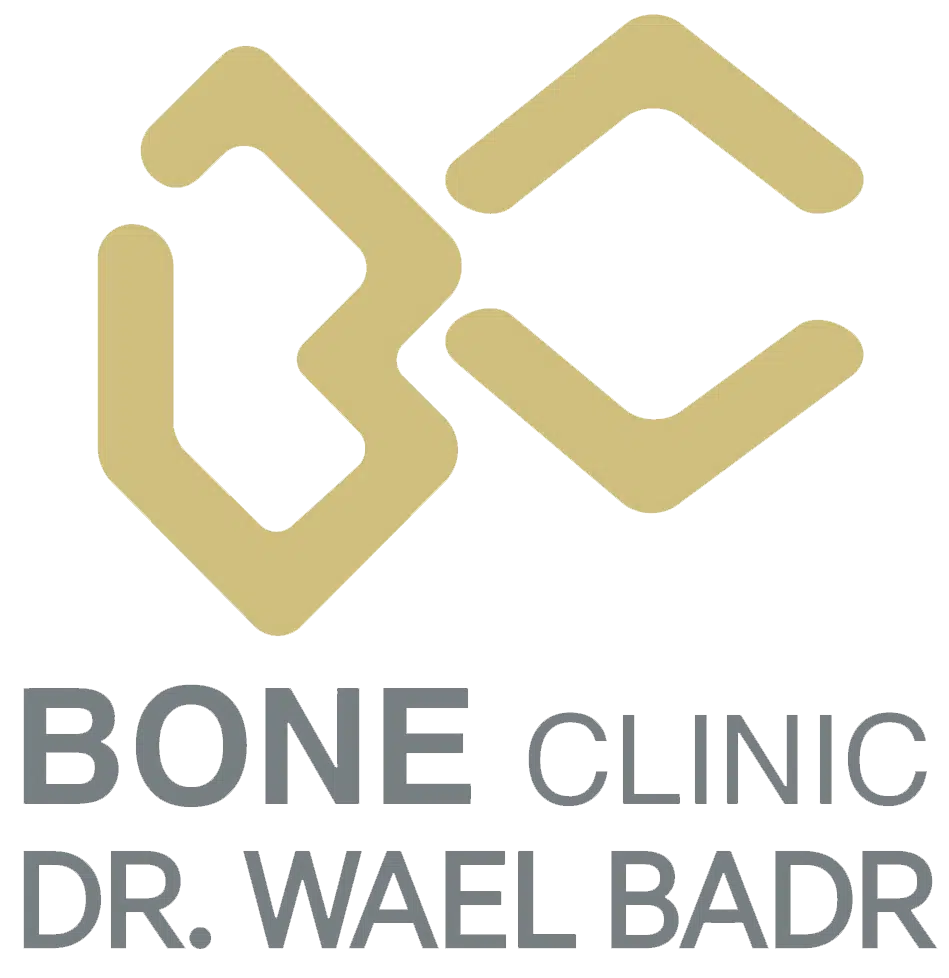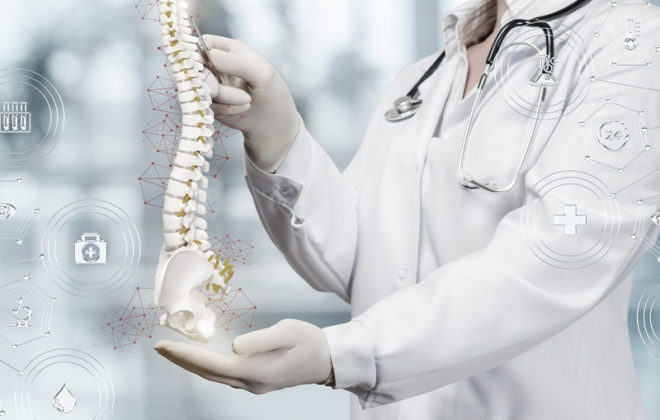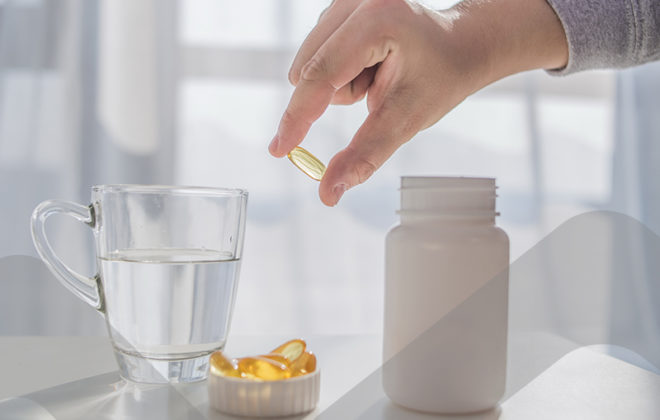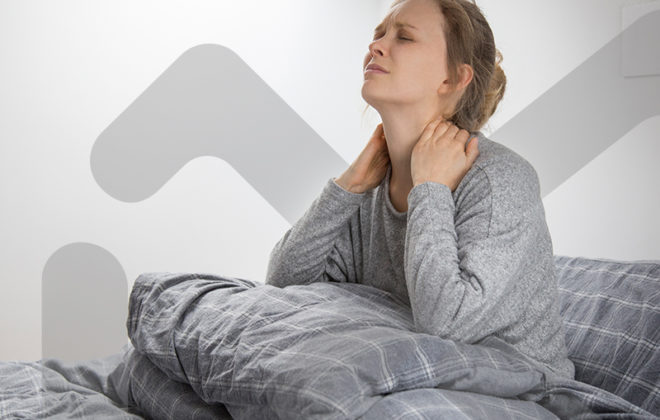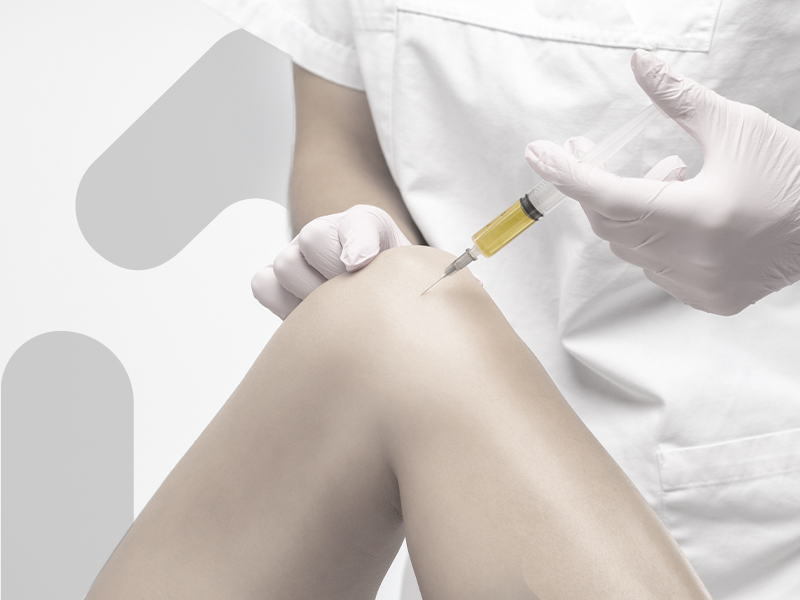
Injection in osteoarthritis
Osteoarthritis is a common and disabling condition associated with pain and the loss of mobility that undermines the quality of life. Clinically, the condition can be identified by many clinical symptoms, for example, joint pain, tenderness, stiffness, and limitation of movement with effusion and variable degrees of local inflammation. Pain in osteoarthritis is not simply attributable to the structural changes in the joint, but it is the result of coaction between structural change, peripheral, and central pain processing mechanisms
OA often demonstrates joint space narrowing, osteophyte formation, subchondral sclerosis, and cysts. It is worth noting that the degree of structural damage noted on imaging and the presence of pain is not always in line with the symptoms of OA. Some individuals with severe pain have an absence of findings on imaging and vice versa.
Various approaches have been proposed as non-invasive treatment with accepted success rates, but none has clearly shown an ability to alter the natural history of this condition. Recently, platelet-rich plasma (PRP) has been attracting attention as an innovative and favorable procedure to stimulate repair damaged cartilage
Another treatment option is a procedure called viscosupplementation. If all other nonsurgical treatment methods were tried and your pain continues to limit your activities, viscosupplementation may be an option.
In this procedure, a gel-like fluid called hyaluronic acid is injected into the knee joint. Hyaluronic acid is a naturally occurring substance found in the synovial fluid surrounding joints. It acts as a lubricant to enable bones to move smoothly over each other and as a shock absorber for joint loads. People with osteoarthritis have a lower-than-normal concentration of hyaluronic acid in their joints. The theory is that adding hyaluronic acid to the arthritic joint will facilitate movement and reduce pain.
The most recent research, however, has not found viscosupplementation to be effective at significantly reducing pain or improving function. Although some patients report pain relief with the procedure, some people are not helped by the injections.
